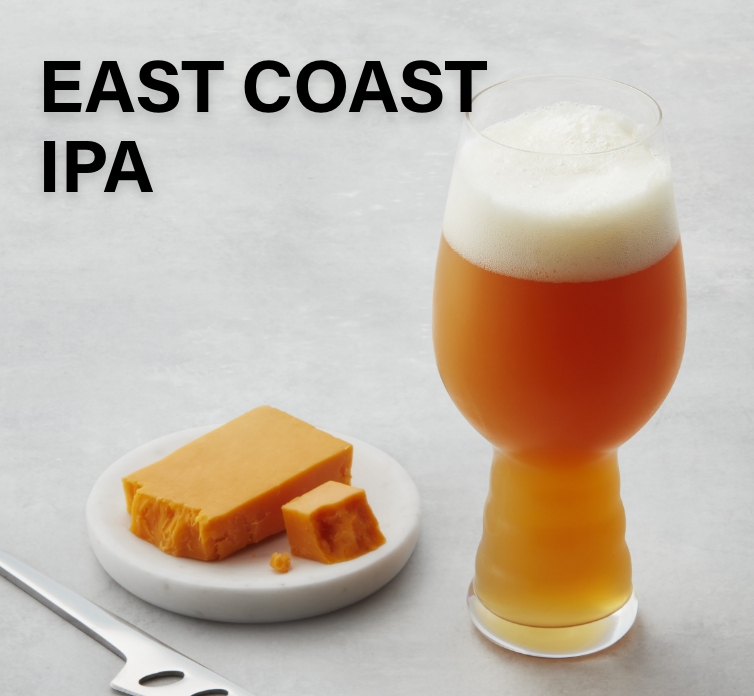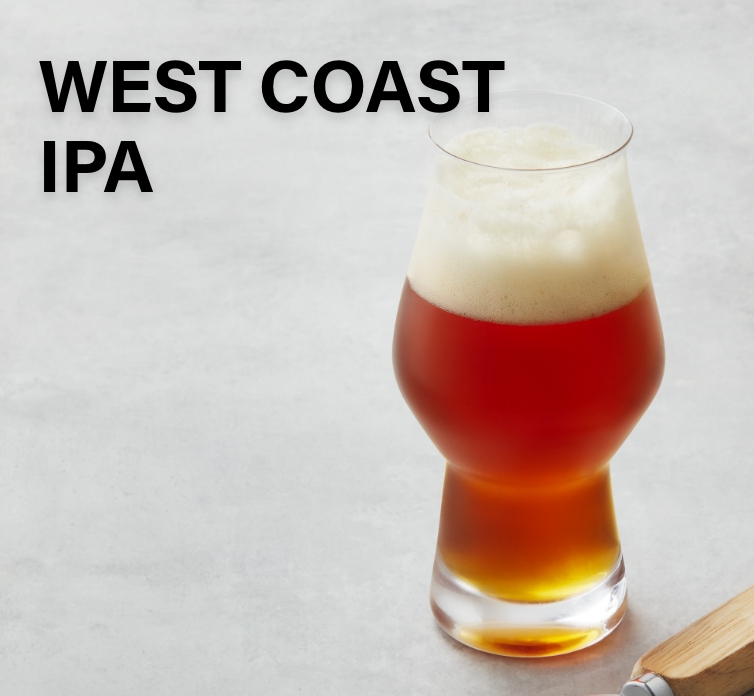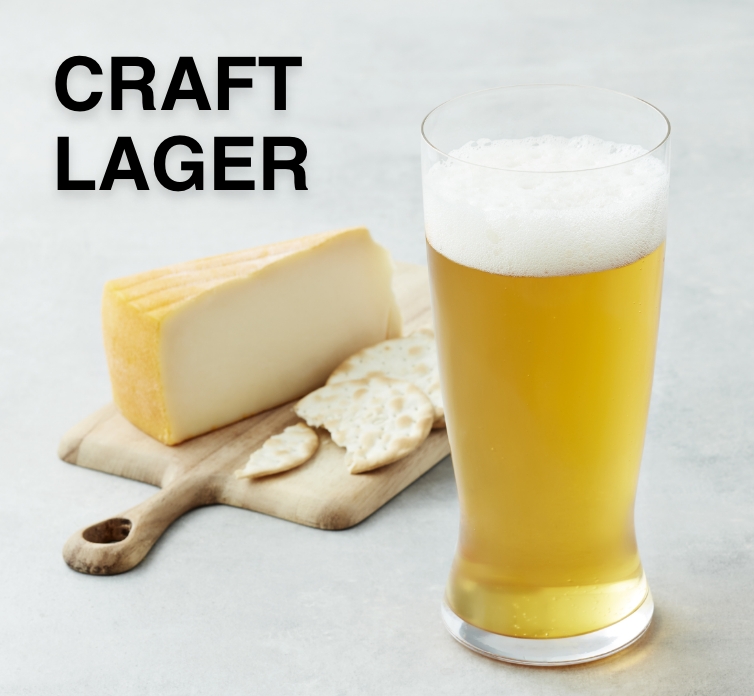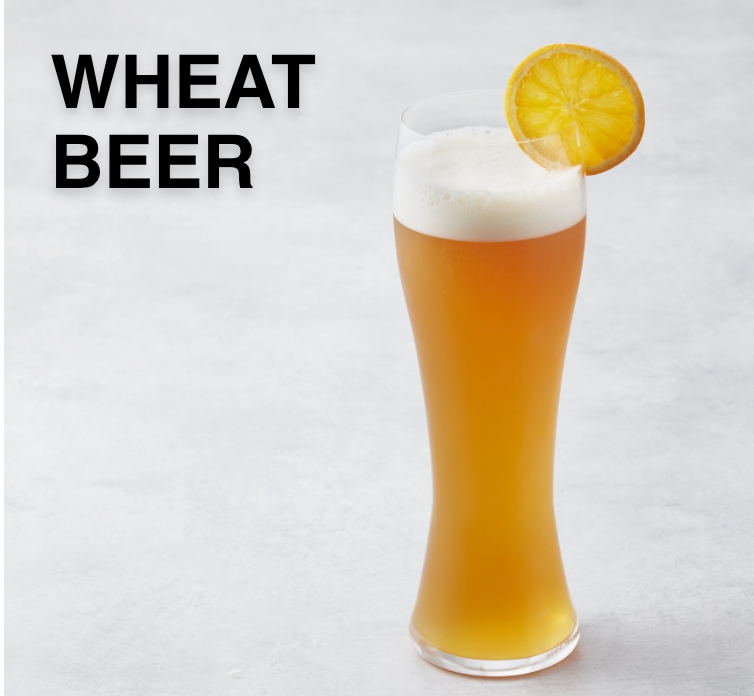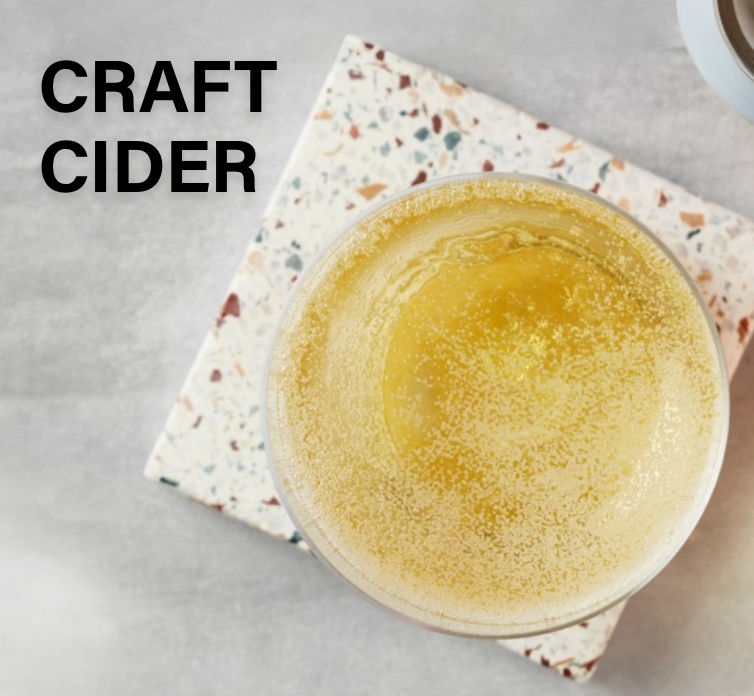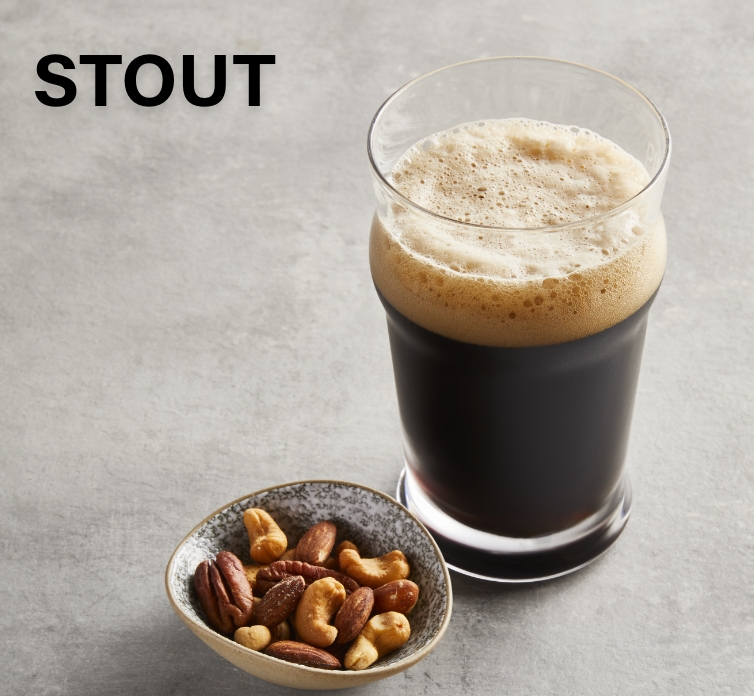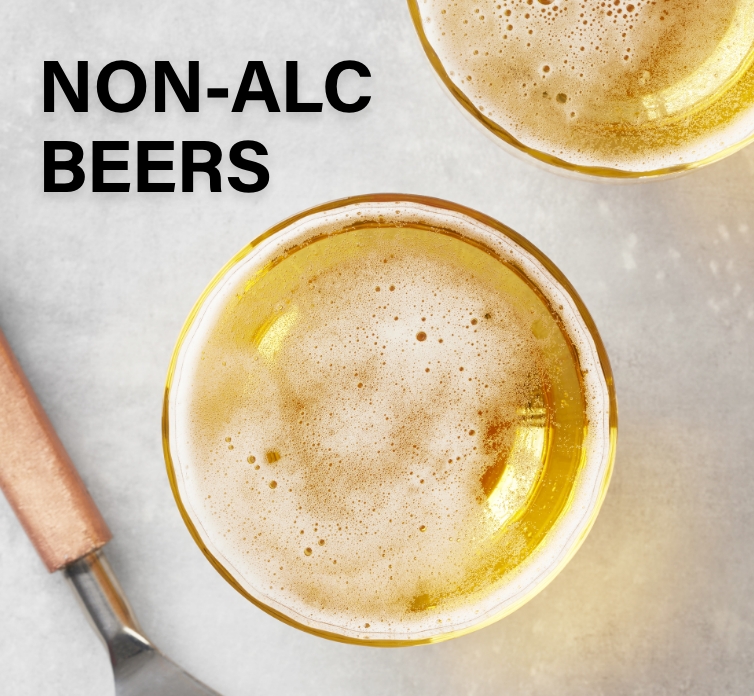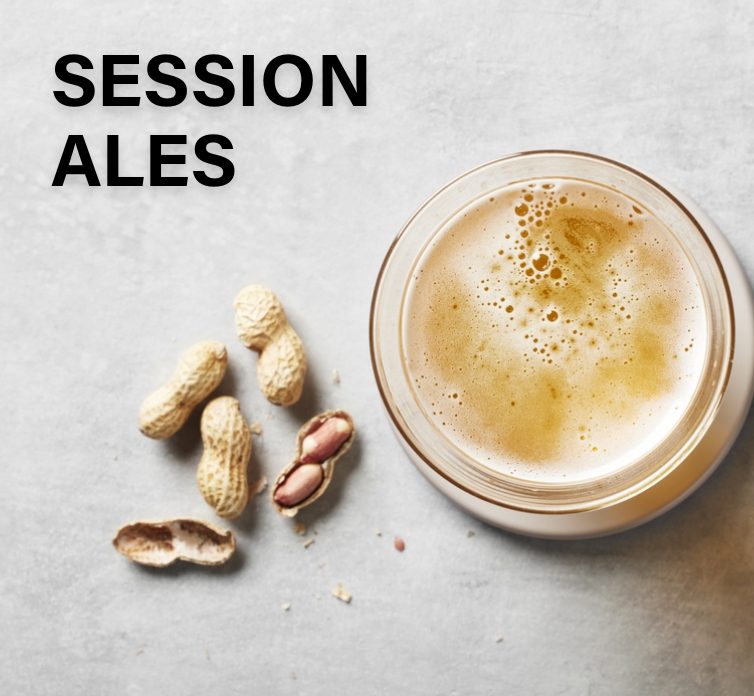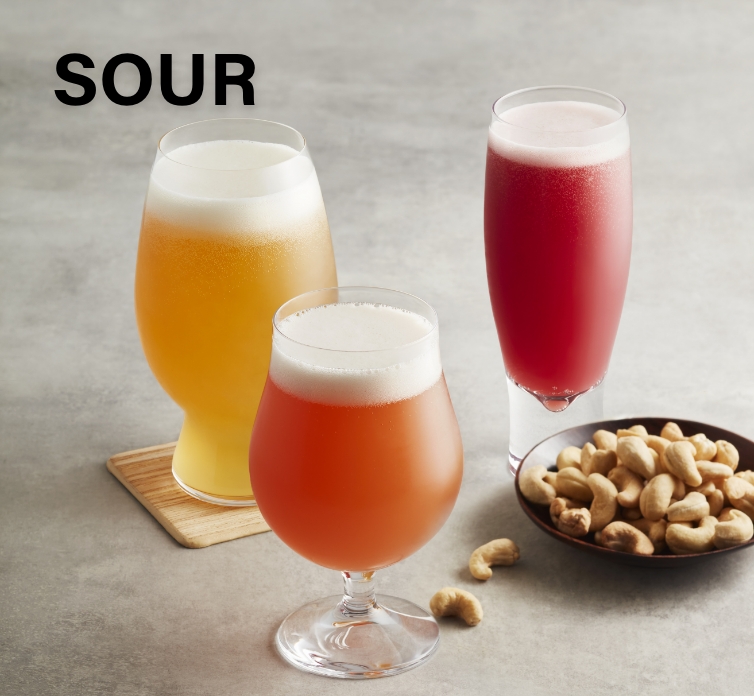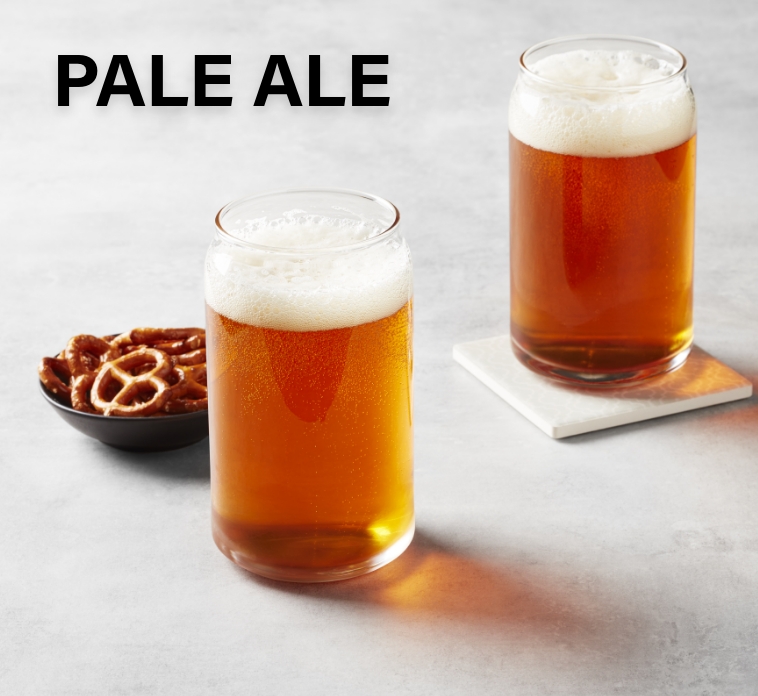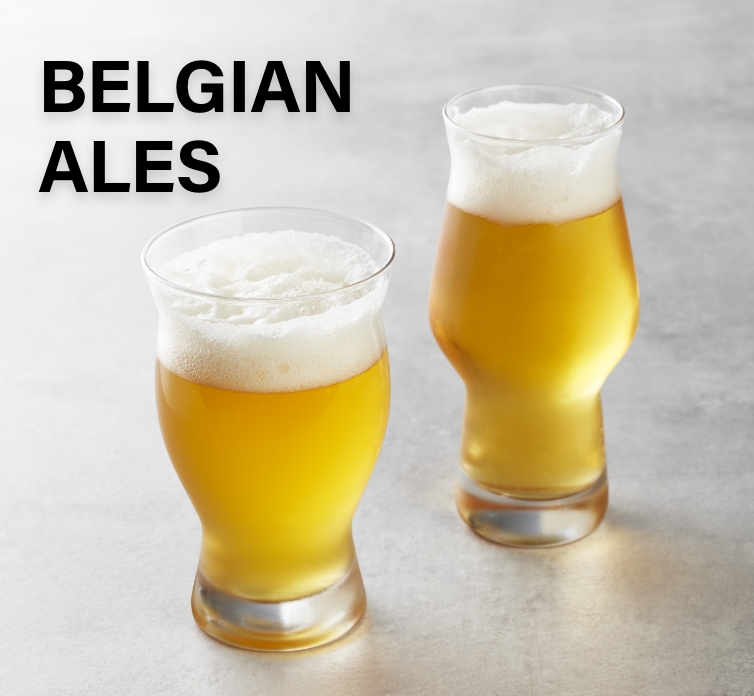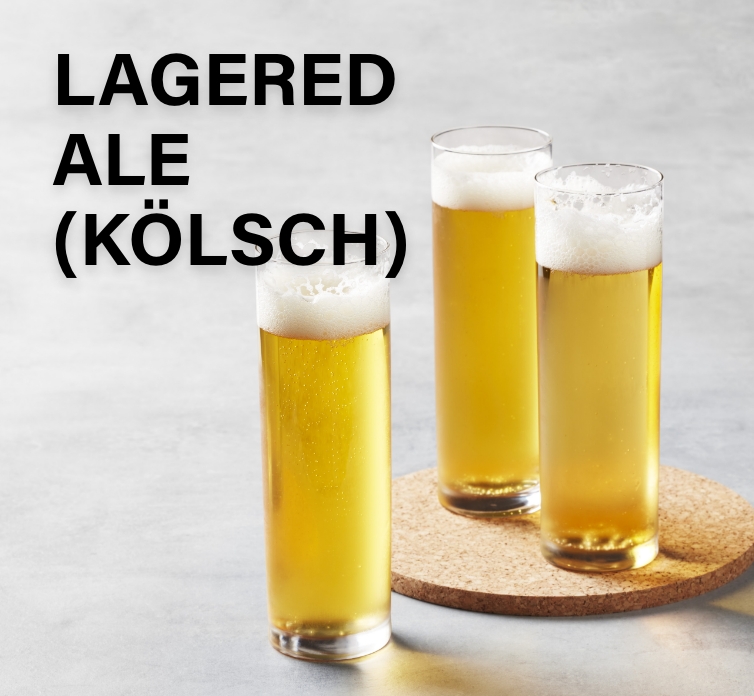Dark and Amber Lagers
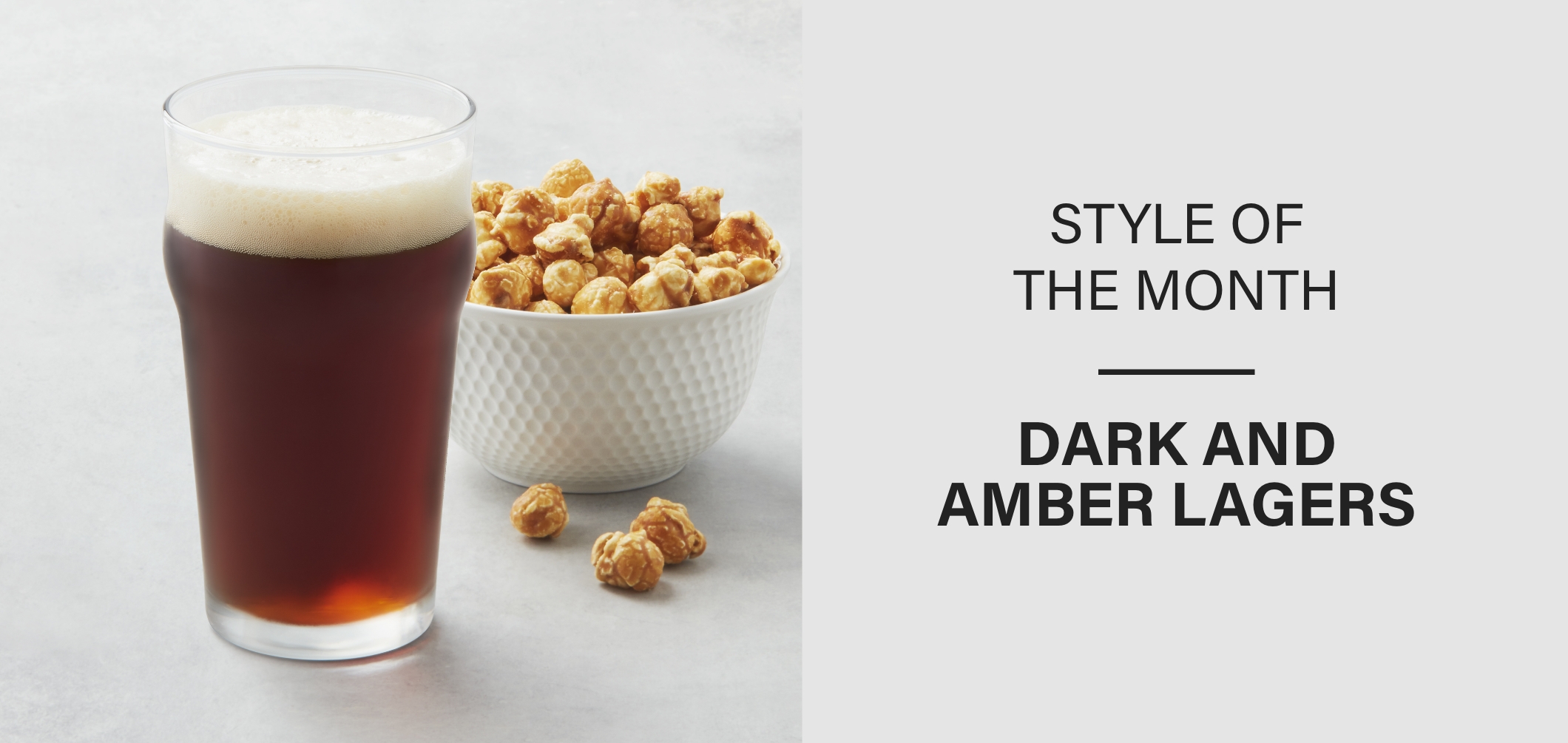
Come on over to the dark side with European-style black and amber lagers
Ready to explore?
Although some experts have suggested Central European black lager traditions might go back to the 1500s, the history of beer’s dark side is a little murky. What we know for sure, though, is that in both Czechia and parts of Germany, these dark and amber lagers have been popular for at least 150 years. In Germany, this style is known as either dunkel (dark) or schwarzbier (black beer); over in Czechia, there are two shades of “Bohemian dark lager”— tmavé pivo (dark beer) and černé pivo (black beer). Although these intriguing beers have always been local favourites, they’ve historically been hidden gems, overshadowed by super-popular pilsner, which also hails from Czechia. Recently, though, these dark-horse brews have been getting a lot of love from a new generation of craft brewers who are tweaking to the fact that these beers are food-friendly crowd-pleasers.
You may taste
“Looks like a stout, drinks like a lager” is the perfect tagline for these beers, which range from deep copper or ruby to pitch black in colour and typically sport a notably creamy foam head. Since we expect dark beer to be rich, chewy and often bittersweet, it’s common for people to do a double-take when they first sip this medium-bodied beer. Although they have plenty of sweet malty flavour, they generally strike a balance between the mocha, coffee and vanilla notes and restrained hoppy bitterness. These dark lagers are usually fairly refreshing and crisp, complex and novel, yet totally approachable.
Sip them with
In Central Europe, where the dark lager brewing tradition was invented, these beers are often served with game meat, so they’re a natural fit with grilled wild boar, elk or venison but, in truth, they're a pretty great match with all things barbecue, from grilled chicken tacos to sausage. Beyond that, this versatile beer also goes gangbusters with charcuterie boards stacked with bold smoked cheeses and spicy chorizo and, at the other end of the spectrum, dark chocolate.
Serving tips
To appreciate all the complex flavours of a good dark lager, it’s best to serve it at about 8 degrees Celsius — a little warmer than a light lager — in a fluted glass or a tulip-shaped glass. Dark and black lagers generally hover around the 5 per cent mark, making them significantly lower in alcohol than many IPAs and an excellent choice for a “session” beer.
Try These Picks
Discover More Beer Styles
Beer FAQs
Your Top Questions Answered

What is craft beer?
Craft beer is made by small-scale breweries, often independently owned, that practise traditional artisanal brewing techniques to create authentic and uniquely flavourful beers. These craft brewers may focus on either classic or lesser-known styles of traditional beer, or create innovative new modern brews.

How many calories are in a beer?
A standard 340-millilitre or 12-ounce beer that has five per cent alcohol by volume has about 150 calories. Styles of beer that contain more alcohol, such as IPAs, have more calories — up to 170. Light beers, which have less alcohol, have around 100 calories. While darker beers sometimes have a higher alcohol content and therefore more calories, that’s not always the case: consider Guinness Draught, a dark stout, which has just over four per cent alcohol by volume and 125 calories per 12 ounces.

How many beers are in a keg?
Most standard North American kegs hold 58.7 litres: in terms of standard 340-millilitre or 12-ounce bottles or cans, that’s 165 servings; if you’re counting by 16-ounce pints, its 124 servings. European beers often come in 50-litre kegs, yielding 140 340-millilitre glasses or 105 pints. Smaller 30-litre kegs (sometimes called “pony kegs”) give 82 standard beers or 62 pints. Mini-kegs (Heineken, for example) hold five litres: that’s about 10 pints or 14 glasses.

How is beer made?
All beer is made with four key ingredients: barley (or other grains), water, hops and yeast. First, barley is malted (meaning the grains are sprouted and then kiln-dried) to get ready for brewing. The malt is then mashed, or cooked with warm water, to create a sugary liquid called wort. The wort is boiled with flavouring hops, and then in the final step, it’s fermented with yeast, which creates the alcohol and finished beer.
There are many different styles and regional traditions of brewing, but to simplify, they basically fall into two categories: for ale, the beer is stored at room temperature while the yeast feeds on the sugar in the wort and produces CO2 and alcohol as by-products; for lager, fermentation is the same, but it happens at cooler temperatures so the process takes a little longer

How long does beer last?
Check for an expiry or best-before date on bottles and cans: “best” is best when consumed fresh. Bottles and cans stored at room temperature are safe to drink for at least four months after purchase and up to eight months when it’s stored in the refrigerator or a cool place. Draft or craft beer stored in a glass bottle keeps for two or three days in the refrigerator when tightly capped. And remember, keep beer away from light: it can develop a “skunky” flavour from a chemical reaction to UV light, which is why it’s usually packaged in cans or dark glass bottles.

What is beer made of?
Most beer is made from just barley, water, hops and yeast. That’s all! Each ingredient contributes to the beer’s flavour, as do the specifics of the production process. Some brewers may use other grains, such as corn, rye, rice, wheat or even oats, to produce different types of beer. Some styles even incorporate additional flavouring ingredients, including fruits and herbs.
